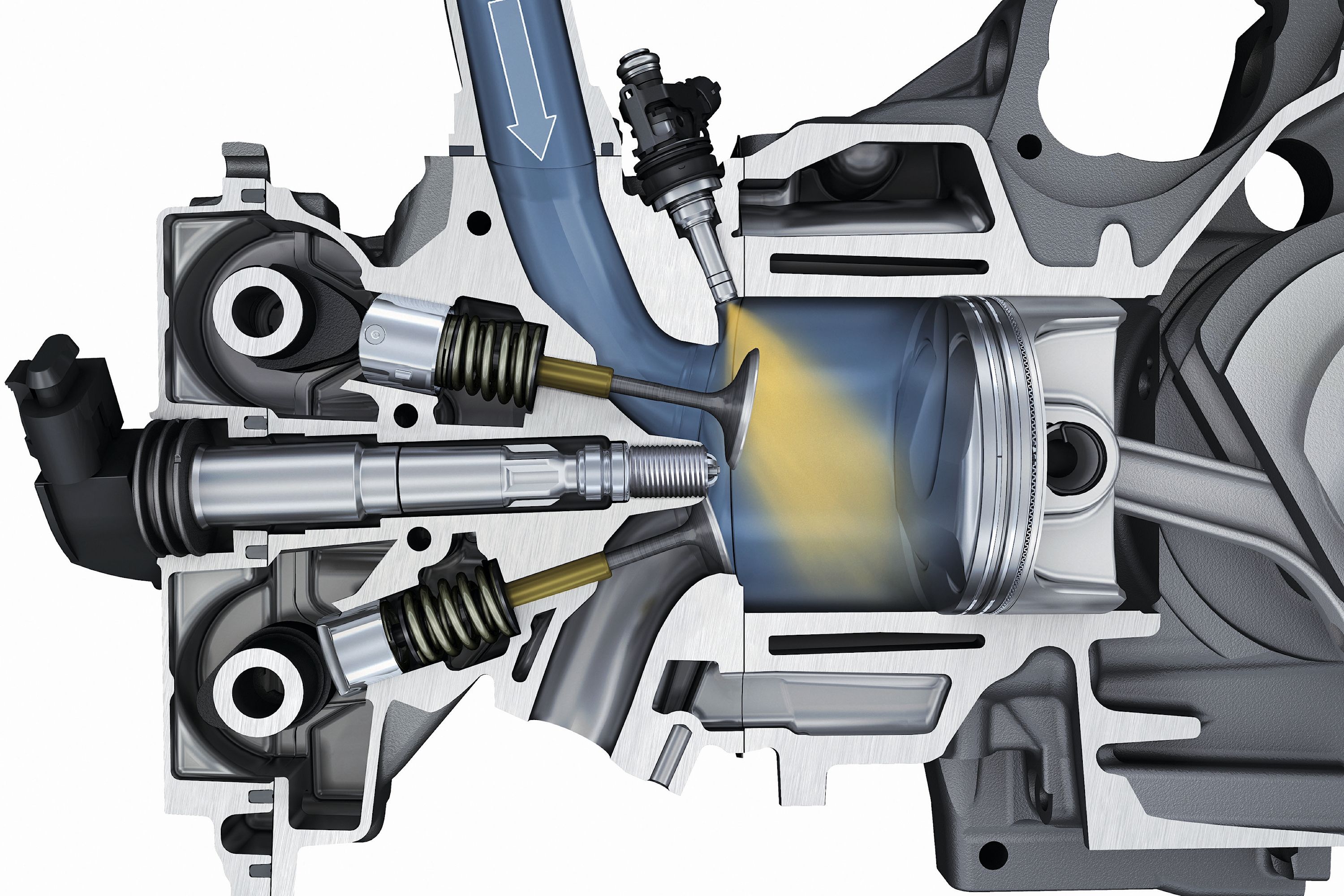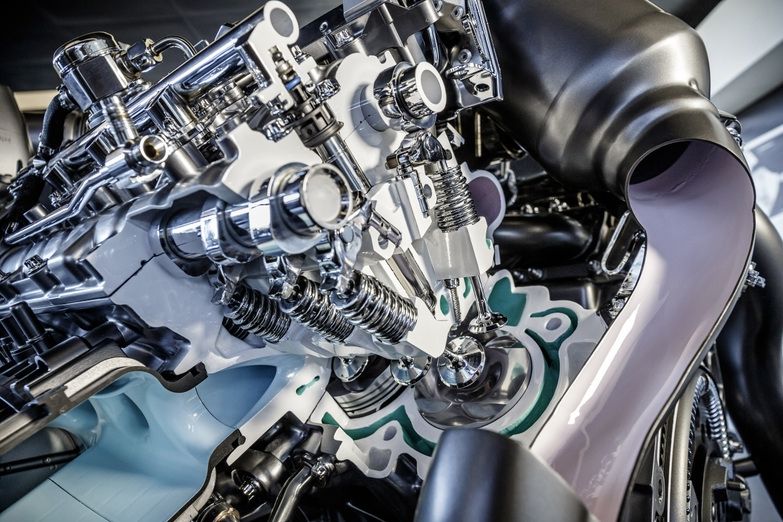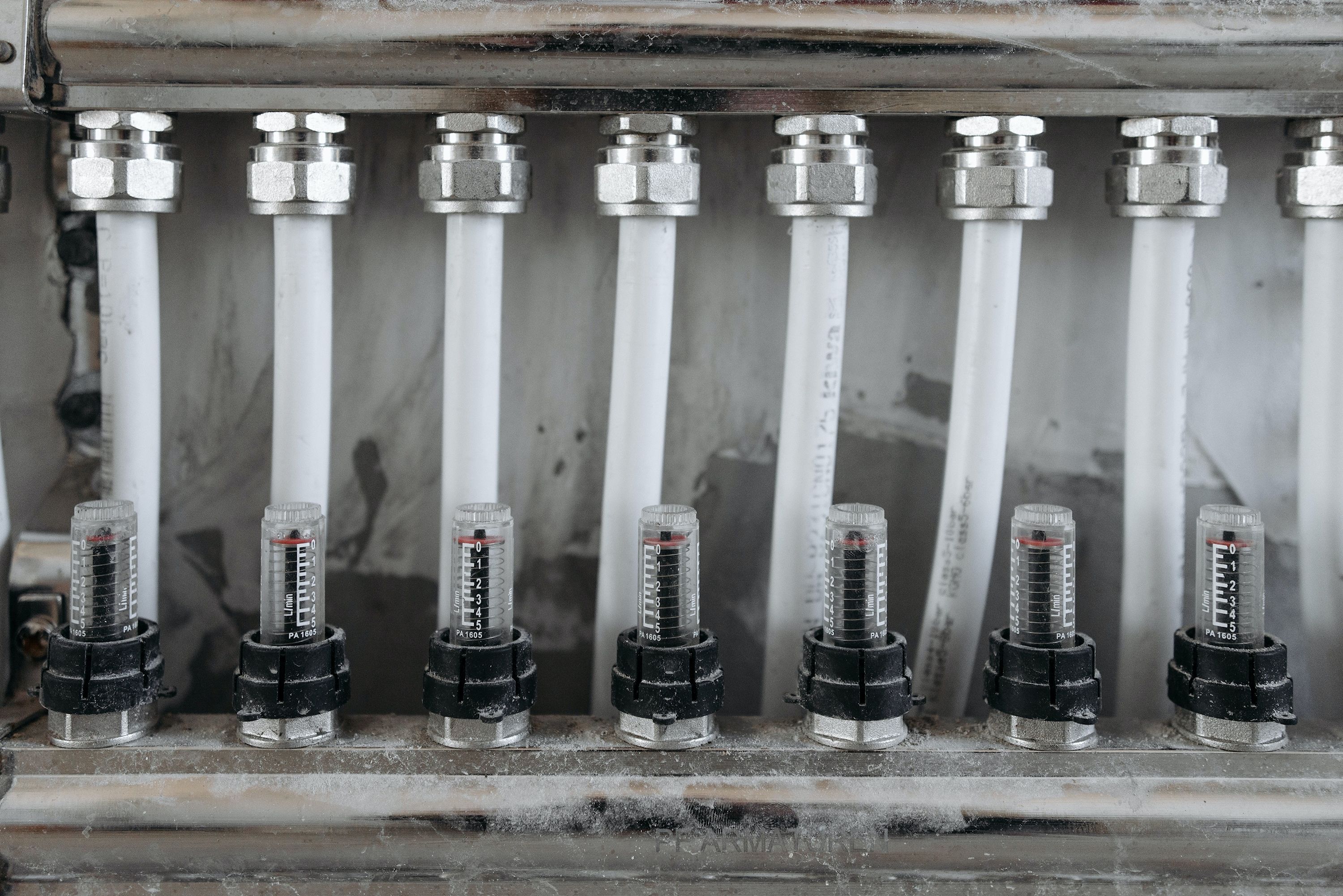
The engine under the hood of your vehicle relies on various systems, with the fuel system naturally being integral to its functioning. Adding fuel at exactly the right angle is the job of the fuel injectors, and the role these play in generating, containing, and exploiting small explosions has its risks. Knowing how to spot the signs of a problem, like a fuel injector not working, could save you a lot of trouble as well as some hefty repair bills. Luckily, there are a number of symptoms of a bad fuel injector to help you identify and solve the problem before things get to that point.
How Does A Fuel Injector Work?
Knowing the basics of how fuel injection fits into the gasoline direct injections system (GDI system), will help you identify any irregularities. The system works as follows: gasoline is pumped from the fuel tank to the injectors via the fuel pump, where the injectors spray the fuel into the intake manifold at a precise angle. This is where the fuel is combined with air, and the air-fuel mixture is then compressed into the combustion chamber and ignited. The injector specifically controls when and how much fuel is added to the equation, as well as the angle and spray pattern. This is all calculated by the engine control unit (ECU) using a number of sensors.
The Signs of a Bad Fuel Injector
A bad or broken fuel injector is no laughing matter, and it can lead to much more severe damage if left unattended. To help prevent this, here are some symptoms of fuel injector problems to look out for:
- The car won't start. One of the most obvious symptoms of a failing fuel injector is when the car won't even start at all. While it's rare, and there are any number of reasons why this might happen, if the engine isn't getting enough fuel to combust and create energy, the problem could lie with the injectors.
- Engine misfires: Even if there is enough gas to get the system started, a clogged or dirty fuel injector can mess up the balance of air and fuel, resulting in an inconsistent reaction. This leads to misfires in the engine or stuttering.
- Rough idling or vibrating engine: Along the same vein, inconsistent fuel supply from clogged injectors can lead to rough idling - this is when the RPM fluctuates randomly. If your tachometer fluctuates in RPM without any change in input on the gas pedal, it may be as a result of injectors in the engine. Along with this, you may notice a change in idle noise from a bad fuel injector, too.
- The check engine light is on: All of these problems in the engine may cause the dashboard warning light to flash. While this may not fully explain the problem, it will point you in the right direction - using a vehicle diagnostic tool at this point can help clarify what the issue is. Check out the section below regarding fault codes to look out for.
- Poor fuel economy: When a faulty fuel injector isn't supplying the engine with enough fuel to power the vehicle, the ECU registers this and overstimulates the remaining injectors to pick up the slack. This means they draw a lot more from the tank and you will notice the increased consumption. As such, you will smell it and you will be able to see liquid build-up when you check the fuel injectors.
- Fuel leaks and odors: Sometimes, the problem is more serious than a dirty or clogged fuel injector. If the unit is actually damaged or cracked, it can lead to fuel leaks. This will be noticeable in the fuel economy, but it will also create an unmistakable odor. As such, you will smell it and you will be able to see liquid build-up when you check the fuel injectors.
Fault Codes For Bad Fuel Injectors
While it can sometimes be tricky to pinpoint exactly which fuel injector is giving problems, you can use an OBD scanner to narrow it down. A faulty fuel injector diagnosis made by a professional is one thing, but if you're using a scanning tool that generates fault codes, you may be wondering if it can pinpoint fuel injection issues.
These codes go from P0300 for a random or multiple cylinder misfire, to P0301 for a misfire in cylinder number 1 - the last digit corresponds to the cylinder experiencing an issue. These codes continue on through P0302, P0303, P0304, P0305, P0306, P0307, and P0308, all depending on how many cylinders your engine has. Whereas the Honda Civic has only four cylinders, the Chevrolet Corvette Stingray has eight - each with a corresponding injector. . Subsequently, the problematic injector will be the one connected to the corresponding cylinder.
How to Check And Clean Fuel Injectors
There are some DIY solutions you can implement before you contact a mechanic. However, if the problem is too severe, you should not hesitate to get professional help. Here are some steps you can take:
- Check the fuel filters and replace them if they are clogged.
- Use a fuel injector cleaning kit. Disconnect the fuel pump from the injectors and the pressure regulator vacuum line (if necessary); connect the cleaning kit to the fuel port; remove the cap from the fuel tank to avoid pressure buildup; turn the vehicle on and let it run until the cleaning fluid has been used up and motor stops. Remember to reconnect everything again before running the engine.
- Fuel injectors should be cleaned every 30,000 miles if you aren't getting your car serviced professionally.
- If the injector is too damaged, you may need to replace it completely.
In the latter case, you should leave it to someone trained to work on the engine. They may even be able to solve the problem without going to such extremes.



